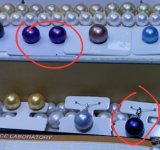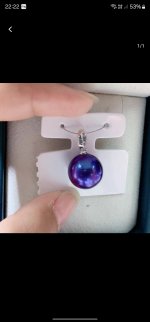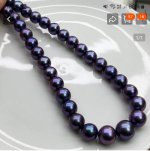Kim.Tutaki
Member
- Joined
- Feb 13, 2024
- Messages
- 11
I'm going through an obsession phase with purple Edison at the moment and come across this colour. Normally I can kinda tell if they are natural or not but this blueish purple really struck me. What does everyone else think. Is this colour treated or natural Edison colour?



